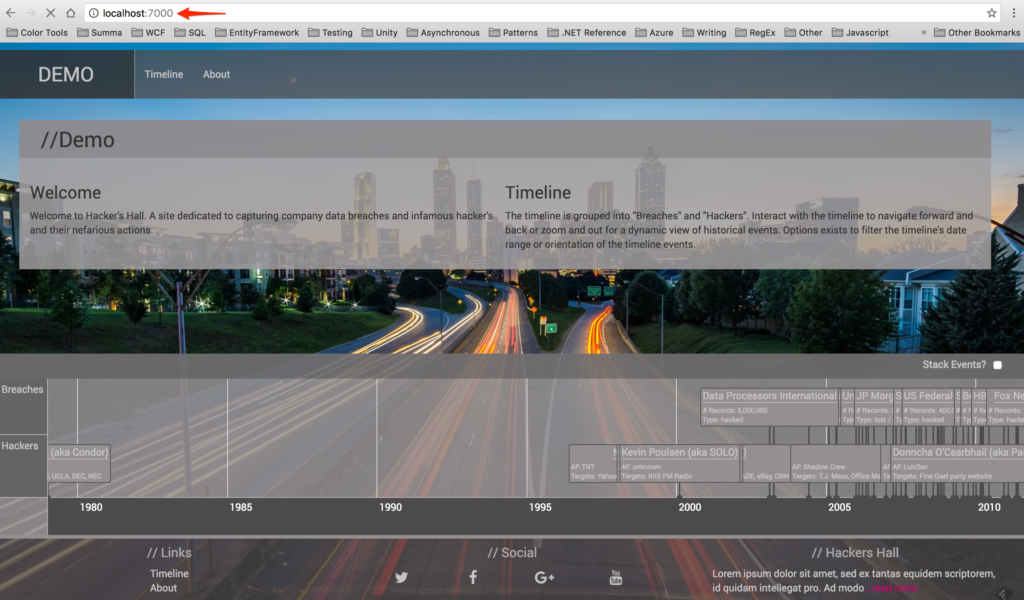

When you write a file, this file is copied to the uppermost read/write layer of the image for modification. CoW allows all containers to share the file system of an image and read all data from this image. It is applicable to scenarios where existing files are modified. (1) CoWĬoW indicates that data is copied only when it is written. The technologies involved are copy-on-write (CoW) and allocate-on-demand. In the case of data read, when different layers contain duplicate data, data at the lower layer is overwritten by the same data at the upper layer.ĭata is written at the uppermost read/write layer when you modify a file in a container. In the container image structure with the read/write layer, data is read and written in the following way: Container 3 shares Layer 3 and Layer 5 with Container 1 and Container 2.ĭata sharing based on the layered structure of container images can significantly reduce the host storage usage by the container service. Each container has an independent writable layer. Container 1 and Container 2 share Image 1.Container 3 is started by using Image 2.Container 2 is started by using Image 1.Container 1 is started by using Image 1.The two images share Layer 3 and Layer 5.Ĭontainer storage is explained as follows: Image 2 consists of Layer 2, Layer 3, Layer 5, and Layer 6.Image 1 consists of Layer 1, Layer 3, Layer 4, and Layer 5.The node contains six image layers from Layer 1 to Layer 6.The image storage layers are explained as follows: Container 1 and Container 2 run based on Image 1, and Container 3 runs based on Image 2.

When the container is released, the read/write layer is also released.Īs shown in the preceding figure, three containers exist on the node. All operations on the container are completed at this layer. Each running container mounts a read/write layer on top of all layers of the current image. When a container uses an image, the container adds a read/write layer at the top of all image layers. In practice, when you start a container by using an image, you can read and write this image in the container. This structure enables image data sharing.Įach layer of a container image is read-only so that image data can be shared by multiple containers. An image is divided into multiple data layers, and the data of each layer is superimposed and overwritten. This improves the storage efficiency of nodes. The same image resource can be shared by different running containers, and data can be shared by different images. This reduces the storage space usage of hosts and improves the container startup efficiency. This means image files are not copied or loaded each time a container is started.
.jpg)
Multiple containers can share the same image resource, or more precisely, the same image layer, on the same node by using the container image reuse technology. This container service is widely used because it provides an organization format for container images during container runtime. It focuses on application-specific storage services. A Kubernetes storage volume is designed for storage orchestration in container clusters.It is based on data storage and container runtime technologies. A Docker storage volume is a form of storage organization for container services on a single node.If you are not familiar with this concept, I suggest that you read the first article of this series, " Cloud-Native Storage: The Cornerstone of Cloud-Native Applications."ĭocker storage volumes and Kubernetes storage volumes are essential for cloud-native storage.
#Convoy plugin docker series#
This article is the second in the series and explains the concepts of container storage. It aims to explore the new opportunities and challenges of cloud-native storage technology. This series of articles on cloud-native storage explains the concepts, features, requirements, principles, usage, and cases of cloud-native storage. By Kan Junbao (Junbao), Alibaba Cloud Senior Technical Expert


 0 kommentar(er)
0 kommentar(er)
